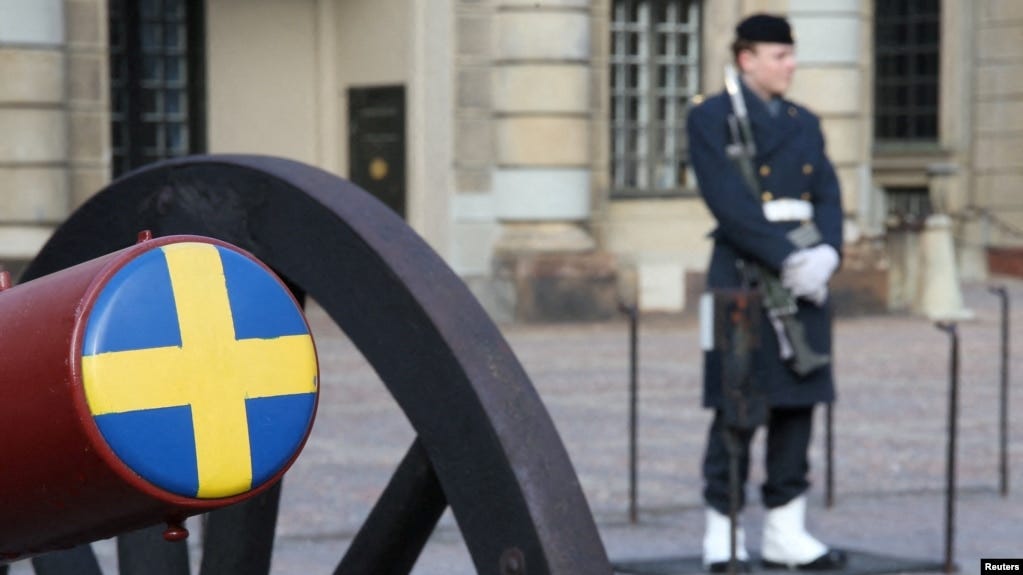Sweden's NATO Membership
Sweden, a neutral country for two centuries, is joining NATO in a move experts say will have a significant impact on global politics, What Sweden Joining NATO Means For The Alliance
UPDATES: Sweden, a neutral country for two centuries, is joining NATO in a move experts say will have a significant impact on global politics.
Wider Europe Briefing: What Sweden Joining NATO Means For The Alliance.






